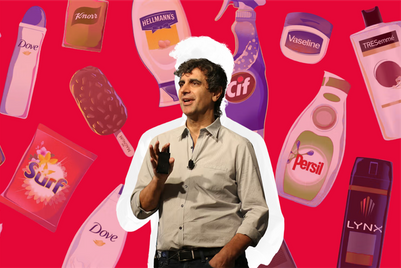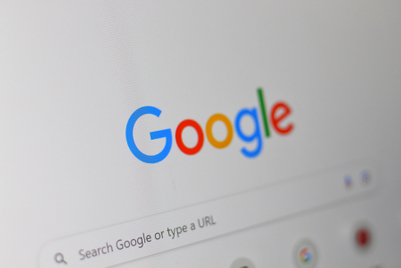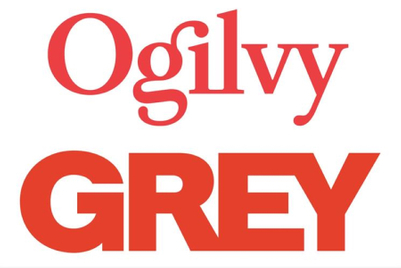
Oil and gas companies such as BP, Conoco, ExxonMobil and Shell are leaning on influencers to build positive brand affinity at a time when advertising firms are facing mounting pressure to cut ties with the world’s biggest polluters.
More than 100 influencers worldwide have promoted initiatives by oil and gas companies in the last few years, according to research from U.K.-based media publication DeSmog.
The vast majority of content originates from the U.S., where DeSmog found 70 influencers with a combined following of 17.5 million who had shared videos across Instagram, TikTok and YouTube that appeared to be part of broader campaigns from fossil fuel giants.
The influencers were most commonly used as a vehicle to promote the fossil fuel companies’ green initiatives — diverting attention away from their polluting activities.
U.S.-based Astronaut Abby and U.K.-based Colin Furze are among the influencers that have promoted Shell’s “Eco-marathon,” a competition which invites students from around the world to build energy efficient vehicles.
A British presenter in April touted Shell’s investments in hydrogen — despite the company closing its three hydrogen filling stations in the U.K. in 2022.
Other influencers promoted Shell’s carbon compensation program, through which it claims to offset customers’ emissions by buying credits in rainforest projects. An investigation by The Guardian in January found that carbon offsets are mostly bogus. Shell also said in June it would continue to increase its gas production until 2030, in contrast with a previously outlined plan to reduce its production of oil by 1% to 2% each year.
A smaller proportion of influencers were used to draw attention to oil and gas companies’ rewards programs. U.K.-based Alex Galbally talked up BP’s reward app “BPme” in a 2019 post that has since been deleted. In another example, TikTok creator Nora Capistrano Sangalang, otherwise known as @ourfilipinograndma, posted a video ad promoting Shell’s fuel rewards program.
Sangalang’s post was one of only a few which received backlash from followers, according to DeSmog. The video racked up around 40,000 likes but also attracted “dozens” of negative comments, DeSmog said, with some promising to unfollow Sangalang’s account.
“Generally, the influencers received very little pushback,” Sam Bright, the U.K. deputy editor at DeSmog said in an interview with Campaign US. “That's one of the things that we were really surprised by in the research.”
Managing the risks
Influencer marketing teams can minimize risk by conducting a detailed analysis of an influencer’s demographics and that of their followers.
“Typically, that includes a lot of detailed data about affinities, location and other demographic indicators that people may be able to piece together to build a psychographic profile of who this audience is,” explained Natalie Silverstein, chief innovation officer at influencer marketing agency Collectively.
Brands and agencies also review the type of content that influencers post and what values they communicate as part of brand safety checks before signing a specific creator or influencer for a campaign, Silverstein said.
Jess Phillips, chief executive of influencer marketing agency The Social Standard, said she would expect more divisive companies like Shell to carefully hand select influencers rather than use a platform to blast a request.
“People share so much of their beliefs, their values and their identity online, so you can figure out who's going to be the right partner for you. I think it's a lot easier [than it used to be],” Phillips said.
“The internet is a collection of niches, so there are going to be niches that support the use of fossil fuels,” she added.
“There is an influencer for every brand and cause, period.”
— Natalie Silverstein, chief innovation officer, Collectively
Yet while profiling influencers may be easier for brands now, safety has become increasingly difficult to guarantee as algorithms dictate more of the content delivered on social media feeds.
“In this current social media environment, it’s no longer a creator speaking specifically to an audience that they've cultivated,” said Silverstein. “Now, because of the ‘For You’ dynamic where you get surfaced content that you don't follow, there's much more risk that your piece of content ends up with a community that really disagrees with it.”
Phillips agreed that “the pre-TikTok era” was a “much safer environment for a brand who may be pushing the limits of something.”
She said there is very little a brand or agency can do to control whether a campaign blows up on social media or not. “In most instances, you would want that virality,” Phillips said.
Even household brands seeking wide reach have become swept up in controversy after their campaigns have gone viral. Sales of Anheuser-Busch’s Bud Light slumped in the months after the brand’s partnership with trans influencer Dylan Mulvaney led to boycott calls from transphobic consumers.
Why influencer marketing is attractive to divisive brands
Despite the risks, influencer marketing continues to balloon. Spend in the industry is forecast to surpass $21 billion globally this year — a 29% increase from 2022, according to Influencer Marketing Hub. One in four marketers said they leveraged influencer marketing in HubSpot’s 2023 trends report.
There are aspects of influencer marketing that are attractive to all brands.
“More and more of our time is being spent on social platforms, so that’s a core factor,” said Silverstein. Across the world, the average time spent on social media per day is 2 hours and 28 minutes, per Hootsuite.
It’s also a cost effective medium, according to Silverstein, with results often driven by the high trust levels that influencers have built with their followers.
“Degrading trust in institutions is probably contributing to this overall. So as there's less belief culturally in core touchstone institutions, people are looking to individuals who they feel a connection to,” she said.
This is an especially attractive proposition to divisive companies that attract a large share of negative press — such as fossil fuel giants.
“It's not that effective, them shouting about themselves, because everybody is aware of what they do and their polluting activities,” said DeSmog’s Bright. “But if they can get someone else who's got a better brand image to talk about them, it’s like marketing through the back door.”
Phillips summarized influencer marketing as “borrowing someone else's authority and influence to add credibility to what you're doing.”
Fossil fuel companies may also be turning to influencers as more marketing firms pledge not to provide them with services, joining movements such as Clean Creatives. Collectively does not work with the oil and gas industry, for example.
Now, influencers are under the spotlight. Activist group Glimpse launched a campaign earlier this month urging people to stop following influencers who work with oil companies. The campaign, which showed a woman spluttering gobbets of oil, was reportedly banned on LinkedIn.
Labeling
DeSmog said the list of 100 influencers it identified as having posted promotional content about oil and gas companies was “not exhaustive.” Shell was the most active brand discovered by DeSmog’s research, followed by BP with a much smaller number of activations from Conoco and ExxonMobil.
This content can be tricky to find because not all posts were tagged as sponsored content, DeSmog alleged.
This was especially common in more developing markets, where regulation of the ad industry is less strict, Bright suggested. For example, DeSmog said it found a series of videos about Shell in India using the same corporate hashtags and content “which suggested quite clearly that it was a coordinated campaign,” Bright said, though “very few” were labeled as paid for by Shell. Shell did not provide comment on this when contacted by Campaign US.
The Federal Trade Commission updated its guidelines for celebrity and influencer endorsements in June, requiring online disclosures to be “unavoidable” to consumers.
Yet Silverstein said improper labeling of sponsored influencer posts is “still a widespread problem in the industry.”
“Some players are a little bit less disciplined about demanding alignment to FTC standards,” she said.
Phillips said companies who break the rules “tend to be smaller,” adding that oil and gas companies would likely have strict contracts.


.png&h=268&w=401&q=100&v=20250320&c=1)
.jpg&h=268&w=401&q=100&v=20250320&c=1)





